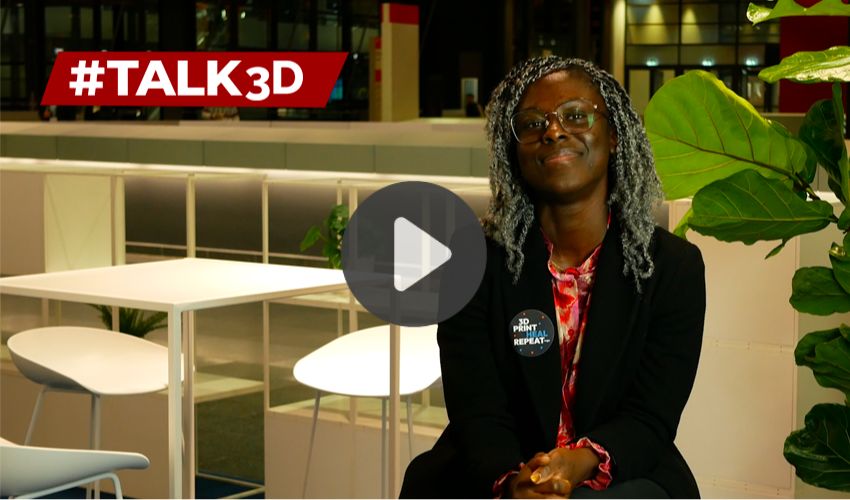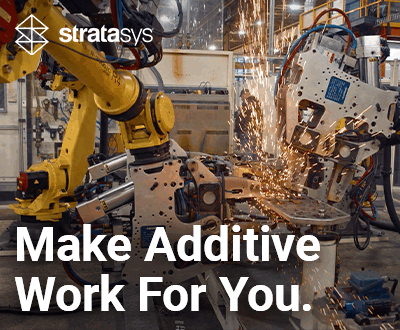Top 5 Videos: Transforming Healthcare with Medical 3D Printing

For this week’s Top 5 Videos, we feature videos on diverse topics, from healthcare to space exploration. First, check out our exclusive interview with Naomi Nathan, Head of Medical at Mobility Goes Additive, to learn how you could take advantage of MGA’s network. Then, watch a video from Formlabs to answer a burning question: what’s faster? A 3D printer or an injection mold machine? Third, find out how 3D printing could play a role in manufacturing in space in a video from The Economist. Next, watch a tutorial from Shapr3D on how to create a spinning organizer tray, and finally, take a look at how additive manufacturing can build a more sustainable future with a video from the University of Bristol. As always, happy watching!
Top 1: Transforming Healthcare with Medical 3D Printing
In this episode of #Talk3D, we spoke to Naomi Nathan, Head of Medical at Mobility Goes Additive (MGA). MGA is a network that connects players in medical additive manufacturing, nurturing an ecosystem to support innovation in the field. If you want to learn more and find out how to get involved, watch the video below:
Top 2: What’s Faster? Injection Molding VS 3D Printing
In this video, Formlabs puts an injection mold machine and a 3D printer head-to-head to see which technology can produce parts faster. Keeping time, costs and labor in mind, this test evaluates which machine can get the job done faster. They don’t shy away from the numbers here either. In this video, they provide a cost-per-part breakdown and explain how many parts need to be produced for one technology to be cheaper. We won’t spoil the results here. Watch the video yourself and find out which technology takes the prize!
Top 3: Could 3D Printing One Day Build Cities In Space?
Increasingly, we are seeing artificial intelligence and additive manufacturing work together to create optimal designs and workflows. This video from The Economist explores how robots, guided by AI, could build cities in space in the future. One key to achieving that feat, they believe, is additive manufacturing. The video cites Relativity Space, a company that wants 3D print rockets on Mars, and Orbital Composites, a company that is working on 3D printing solar power stations in orbit. Check it out to see what the future could hold!
Top 4: 3D Printing A Rotating Organizer Tray
In this tutorial from Shapr3D, learn how to 3D print your own rotating organizer tray. This product would be great for organizing small things like art or office supplies, or workshop materials like nuts and bolts. However, the possibilities are really endless! The stackable trays spin when mounted on a pipe. The video takes you through each step of the process, teaching you how to use key Shapr3D tools to master your workflow. The tools discussed in this video include the revolve tool, shell tool, fillet tool, pattern tool, boolean operations, offset face tools and visualization.
Top 5: Sustainability and Additive Manufacturing
Curious how 3D printing is reshaping industries and driving a more sustainable future? At the University of Bristol, researchers are collaborating with local businesses to tackle global challenges through this cutting-edge technology. Co-led by Professor Jennifer Johns, the project explores how additive manufacturing enables localized production, supports circular economies, and sparks innovation in healthcare, automotive and more. Watch the video to see how this transformative work is creating solutions that could change the way we live and work!
What did you think of MGA’s network for 3D printing for medical? Let us know in a comment below or on our LinkedIn, Facebook, and Twitter pages! Don’t forget to sign up for our free weekly Newsletter here, the latest 3D printing news straight to your inbox! You can also find all our videos on our YouTube channel.






